Related sites:
Newsletter: Perspectives on Power Platform
Company: Niiranen Advisory Oy
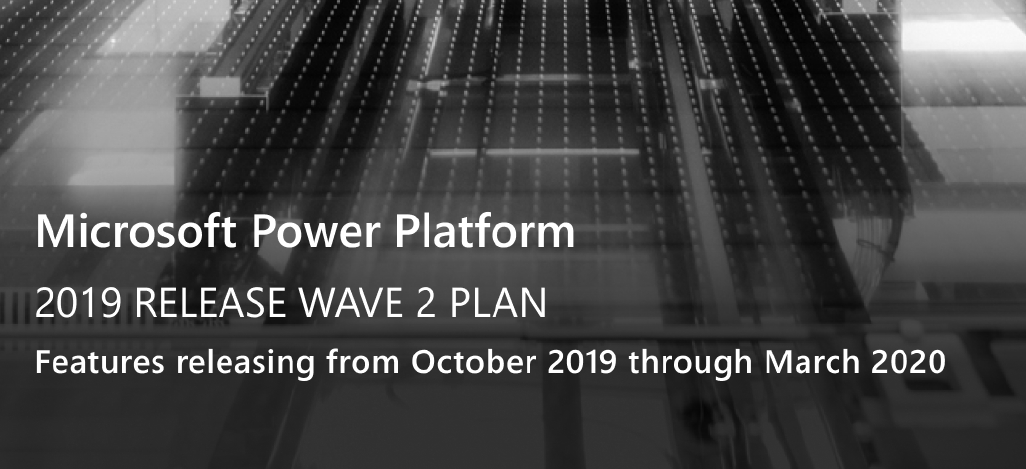
Today, June 10th, at Microsoft Business Application Summit 2019 the release plan for the next wave of Dynamics 365 and Power Platform features was announced. It’s of course no surprise that this main event of the year for #MSBizApps would be used as the forum for showing what’s coming next. What kind of did surprise myself was that we actually are already at a point when the focus starts to move to the upcoming release, formerly known as October 2019 release. Wasn’t April 2019 just a few weeks ago? Where did all the time go? And when exactly were we supposed to have taught ourselves all about the current release features, let alone deploy them to real life customers?

If I had to guess what people working professionally with MS Business Applications would list as their biggest challenge, I bet keeping up the product updates would be on the number one spot – if only for the simple reason that it’s a topic that touches everyone regardless of their role. The pace of change on the technology side isn’t going to slow down, but it’s the breadth of impact from these changes that has grown immensely. The biannual release cadence in itself isn’t anything new, since that’s how the cloud service has been updated from already the Dynamics CRM 2011 days. It’s just that we’re no longer operating within that familiar CRM box, thanks to what Dynamics 365 and Power Platform have become. So, the release waves hit the shore on their steady cadence, but instead of a fun little beach break wave to surf on it may start to look like a tsunami that you should run away from. It’s not, and you shouldn’t, but this can be a very natural reaction when presented with a 350 page release plan document to plough through.
Lucky for us, this time there’s also a streamlined version of this document, focusing solely on the Power Platform side. If you’re a #PowerAddict like me then this is probably the more exciting part to start from. So, we’ll leave all the first party app goodies for later and have a look at where & how the platform is heading to.
Microsoft has now changed their official terminology on how they speak about these releases for Business Applications products. Instead of the earlier names like October 2018 Release, April 2019 Release, we’re now going to get release waves. Yes, still 2 times a year, so what we’ve now seen a peek of is 2019 Release Wave 2. Nothing actually changed about the process itself, but since the updates covered in these releases are not meant to be delivered on a single date (or one specific month), the terminology is now much better aligned with the reality. 2019 Release Wave 2 will be hitting the shores from October 2019 to March 2020.
The other tweak in terminology is that now instead of Release Notes we’re getting a Release Plan from the product teams. This is also a much more natural way to describe the intent of the documentation that goes with a release wave. It’s not the exact description of what has been shipped, like you would have seen on a piece of software distributed on a DVD. Rather it’s a near term roadmap of what will be built and delivered, if everything goes as planned. Instead of a static document the Release Plan (and actually the current Release Notes, too) is a living publication reflecting the current status. Have a look at the change history for the current April 2019 release to get an idea of how much things have moved around since V1 of the Release Notes.

Finally, there’s an added piece of information for each of the items in the Release Plan, referring to the Early Access availability. This will indicate weather the feature will be available to try already on August 2nd. You can read about the latest release schedule and early access policy from this documentation page.
The biggest new announcement from 2019 Release Wave 2 is the arrival of the AI Builder. No, PowerApps didn’t become self-aware just yet, but it is nevertheless a major milestone to see the AI capabilities earlier provided via Azure Cognitive Services to now find their way into the citizen developer world of Power Platform tools. While the data scientists and pro-devs out there probably won’t be resorting to AI Builder in their own projects, the total addressable market for Microsoft’s AI services has now grown significantly thanks to these entry level AI features available in the PowerApps maker portal.
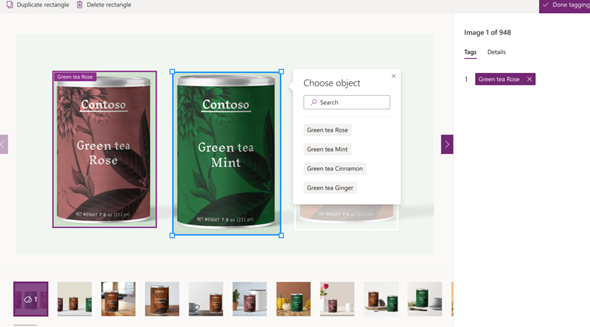
Is this something that all the PowerApps makes will immediately jump into using then? Probably not at first, since the use cases for machine learning technologies always rely on having a suitable data set to work on. Whereas with a Canvas app you can just start building the features, logic, data model and UI of an application before you’ve got the actual data to be used in it, in AI Builder you’re gonna need to start from the data. It’s going to be hard to fake this thing for a quick technology demo unless it’s tightly linked with a real life business scenario.

Reaching the people who do have the data and understand its structure and meaning is where a product like AI Builder can undoubtedly lower the barrier for starting to experiment with AI. Just like the earlier PowerApps tools helped people become app makers without any formal training on the subject, why couldn’t something similar happen on the machine learning side, too? As a nice added bonus, coupling the AI Builder configuration and model data with CDS is will help in promoting it as the default storage place for structured business data.
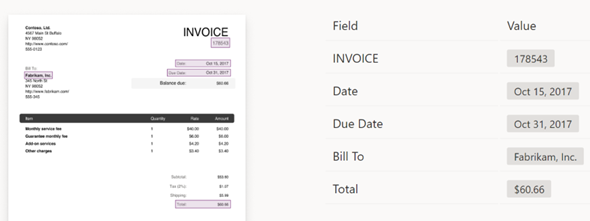
Features like Form Processing where you can train the machine to understand the contents of documents following a common template (like invoices) offer a way to further digitalize processes that can’t yet jump to 100% structured data interchange via modern APIs. You may not be able to force all your business partners or customers to jump into using the tools and data formats that would be most convenient for your internal processes, but could significantly reduce the need for manual data entry by taking a service like PowerApps AI Builder into use.
Expanding from manual data entry forms to AI driven automation is one dimension through which Power Platform is growing its footprint. Another dimension that is of equal importance is opening up the apps to new audiences. As most of you probably know, you can’t use PowerApps Canvas or Model-driven apps to build a user interface that people outside your organization could be using. In 2019 Wave 2 there are a couple of features that will remove some limitations that exist today:
Still, there’s no getting around the fact that for a user to sign in to a PowerApp, they’ll need a license that is assigned to them from within the home tenant of the application. That rules out many scenarios where it just isn’t feasible to make all of your business partners or let alone end customers a licensed PowerApps user. Hmm, if only there was some method to expose the business data to authenticated users on a public facing website – you know, something like an extranet or a customer portal…
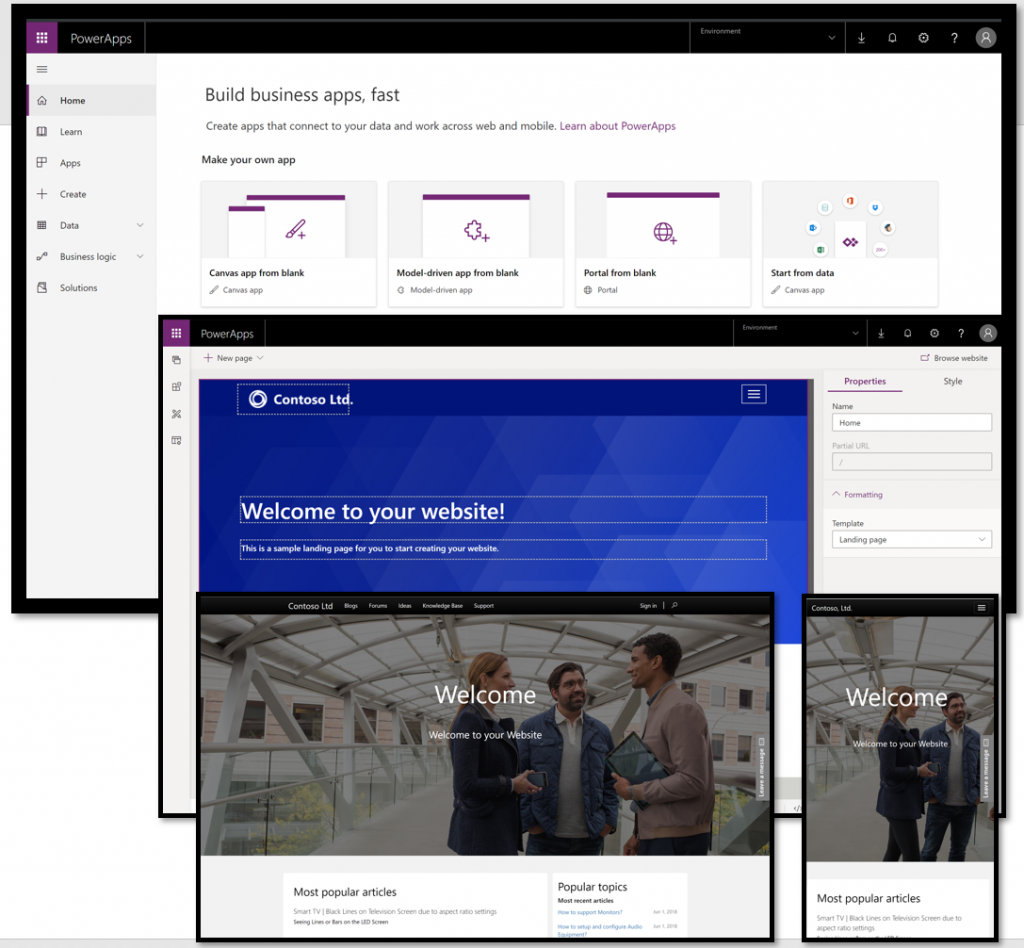
Well hello there, PowerApps Portals! If you check out the above image in detail, you’ll notice the alongside Canvas app and Model-driven app there’s soon going to be the option to create a Portal from the PowerApps Maker… ahem, Portal. OK, so there’s been a portal for creating portals already earlier on the Dynamics 365 Customer Engagement side of the house, so why is this announcement so important?
Dynamics 365 CE and Portals go way back. In fact, I’d say that the original Adxstudio Portals product has probably been one of the prime examples of a commercialized XRM product offering, right up to the point when it was acquired by Microsoft in 2015. Back then I wrote a blog post called “XRM Strikes Back” and today when I’m re-reading my own text on the various different acquisitions done in the Dynamics product camp, it feels like I was sort of on the right track. Alongside Field Service (originally a FieldOne product), Portals are one of the few technologies that have survived the process of becoming a stable part of the Microsoft Business Applications stack. Yes, the offering has gone through a lot of architectural changes and the on-premises legacy had to be left behind, but it seems like it was worth it.
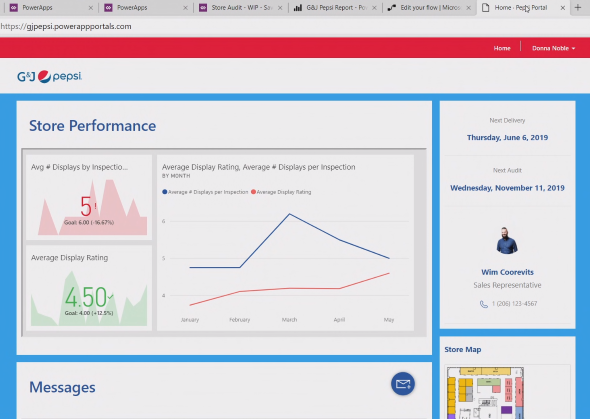
Simply slapping a “PowerApps” label on top of the existing Portals technology isn’t quite enough, though. While it’s of course important that you’ll soon be able to purchase a portal without buying Dynamics 365 licenses, there’s a lot more needed in order to really make it a citizen developer friendly experience. Just like the first round of “XRM becomes CDS 2.0” rebranding, the old world of what Dynamics 365 Portals contain underneath the website may initially be a jarring experience for the non-Dynamics #PowerAddicts to work with. It’s obvious these things just weren’t rolled out from the same assembly line that produced the Canvas apps – they came from Planet CRM. Even for many Dynamics 365 CE Pros the details of portal configuration are unlikely to be anywhere near as familiar as those common sales & service processes for functional folks or form scripts and plugins for the XRM developers.

This is where I believe we’ll see the major benefit from having Portals as part of the PowerApps family. The experience for portal makers has to be simplified to a level that drives up the adoption rates of this app type, so we’re going to see a new portal designer launched. In fact, since the Modern Solution Designer will become the default experience for Model-driven app customizers by October 2019, the process of building apps across the three different types is becoming much more harmonized very soon. This is exactly the same thing as what has happened to XRM, with the make.powerapps.com UI replacing the CRM 2011 era experience of building solutions, now that PowerApps & Flow really become the way how Dynamics 365 CE apps are built.
Just like AI Builder aims to bring machine learning technologies to the hands of power users, PowerApps Portals are mainstreaming the technology for building public facing experiences on top of CDS data. Be sure to check out the blog posts from the Portals MVPs (OK, no such official category, but they really are) Colin Vermander and Nick Doelman to learn more about the impact of this announcement.
…Than could be covered in a single blog post. Sorry to disappoint you. Even though I’ve had a few days to browse through the 2019 Release Wave 2 documentation, it’s still hard to summarize what’s coming. In a way nothing is terribly surprising about where the Power Platform is heading in October 2019 and beyond, as this is very much in line with what Microsoft has communicated to us earlier. That also is a positive sign of the new level of transparency that the leadership team at MSFT has established as their standard, compared to the “aura of mystery” that sometimes surrounded Dynamics CRM product direction in the old days. Kudos to the team!
OK, just one more thing, since you were gracious enough to read my blog post all the way through here. This Twitter Moment contains a few selected highlights from the Microsoft Business Applications Summit 2019 Day 1: